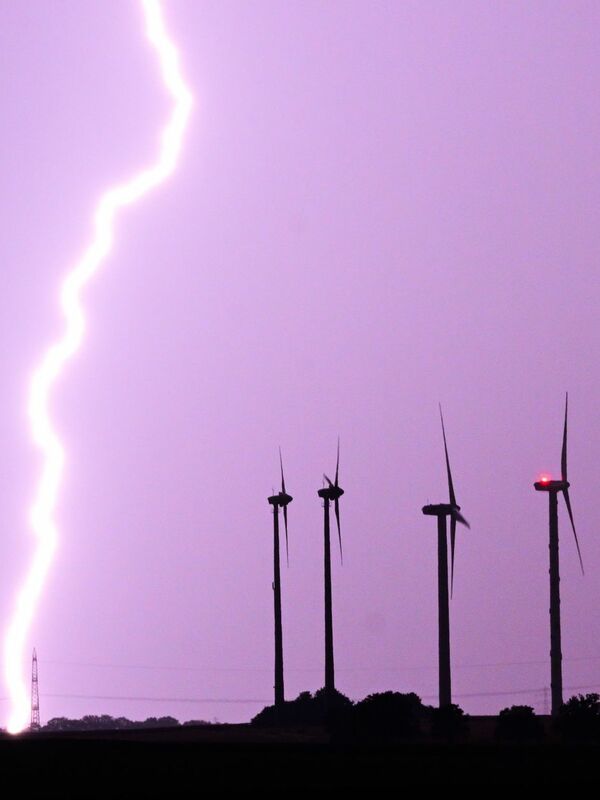According to experts, there is an increased risk of extreme weather events in Europe due to rising water temperatures in the North Atlantic Ocean. The North Atlantic is one of the most important drivers of extreme weather conditions, both in Europe and the east coast of North America, said Omar Badour, head of climate monitoring at the World Weather Organization (WMO), in Geneva. With such high and sometimes extreme temperatures, the risks of heavy rains and tornadoes increase.
According to data from the World Meteorological Organization (WMO), surface temperatures in the North Atlantic in June were 0.9 degrees above the long-term average, and in the Northeast (approximately from Ireland to northern Spain) as much as 1.36 degrees. In June off Ireland there were heat waves at sea with temperatures five degrees higher than the average in previous years before the temperature dropped again.
Michael Sparrow, director of climate research at the World Meteorological Organization (WMO), said rising ocean temperatures and the significant decrease in the extent of sea ice in Antarctica are very worrying.
The temperatures are probably not due to El Niño
The temperature of the Pacific Ocean is known to increase with the El Niño weather phenomenon, which is currently building up again. It is also clear that this has certain effects on other seas, because the oceans are all interconnected. “But the extreme temperatures in the North Atlantic right now don’t seem to be related to El Niño, not directly,” he said. “We are still trying to understand why we are seeing such extreme warming in the North Atlantic.”
Reportedly, the amount of sea ice in Antarctica was the lowest this June since satellite observations began in the late 1970s. In June it was 17 percent lower than the long-term average. Sparrow said science is looking into whether tipping points can be reached. As defined by the Potsdam Institute for Climate Impact Research, tipping points are “critical threshold values that, when exceeded, lead to strong and sometimes unstoppable and irreversible changes.”
Developments in the Arctic are very recent
One of those points, Sparrow said, would be the sudden collapse of the West Antarctic ice sheet. If the ice melts, a meter sea level rise is expected. This would put millions of people living near the coast at risk.
“Obviously this is something that scientists are concerned about, but we don’t have any evidence right now to say we’re reaching any tipping point,” Sparrow said. Evolution in Antarctica is very new. “We don’t want to make assumptions without all the evidence in hand, which can take some time.”

“Alcohol buff. Troublemaker. Introvert. Student. Social media lover. Web ninja. Bacon fan. Reader.”






More Stories
Warning signs of Alzheimer’s disease: Researchers find new evidence
Zoonoses: Do squirrels transmit leprosy?
How is it treated and how can it be prevented?